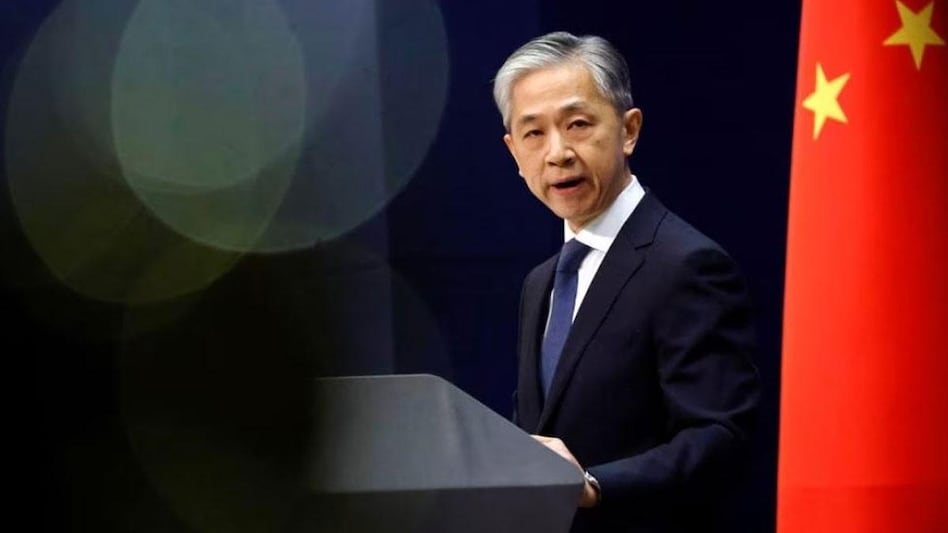 Chinese Foreign Ministry spokesperson Wang Wenbin (Reuters)
Chinese Foreign Ministry spokesperson Wang Wenbin (Reuters)
 Chinese Foreign Ministry spokesperson Wang Wenbin (Reuters)
Chinese Foreign Ministry spokesperson Wang Wenbin (Reuters)Hours after it was reported that India had overtaken China to become the world's most populous country, Beijing on Wednesday said it still had a 'quality' workforce of close to 900 million people that will provide a strong impetus for development. "I want to tell you that population dividend does not depend on quantity but also quality," said Wang Wenbin, spokesperson of the Chinese Foreign Ministry.
According to experts, nations with a young population tend to do better economically and India may reap the benefits of a demographic dividend when most countries, including China, are witnessing a shrinking workforce.
However, Wenbin said China's population dividend had not disappeared yet. "As Premier Li Qiang pointed out our population dividend has not disappeared and our talent dividend is booming and the impetus is strong for development," Wang said.
India has surpassed China to become the world's most populous nation with 142.86 crore people, the UN world population dashboard showed on Wednesday. China, the second largest economy in the world after the US, has a population of 142.57 crore - thus being the second most populous country.
As per a new United Nations Population Fund (UNFPA) report, 25 per cent of India's population is in the age group of 0-14 years, 18 per cent in the 10 to 19 age group, 26 per cent in the age bracket of 10 to 24 years, 68 per cent in 15 to 64 years age group, and 7 per cent above 65 years.
India's population is expected to keep rising for nearly three decades before it peaks at 165 crore and then starts declining, according to estimates by different agencies.
UNFPA India's Andrea Wojnar said: "India's 1.4 billion people must be seen as 1.4 billion opportunities". She said that the country with its largest youth cohort -- its 254 million youth of 15-24 years -- could be a source of innovation, new thinking, and lasting solutions.
"The trajectory can leapfrog forward if women and girls, in particular, are equipped with equal educational and skill building opportunities, access to technology and digital innovations, and most importantly with information and power to fully exercise their reproductive rights and choices," she said.
In its latest economic outlook, the IMF projected India to grow at 5.9 per cent in 2023 and 6.3 per cent in 2024 while China is predicted to grow at 5.2 per cent and 4.5 per cent respectively. With this growth rate, India will become the fastest-growing large economy in the world. This is at a time when advanced economies are expected to see a growth slowdown, from 2.7 per cent in 2022 to 1.3 per cent in 2023.
(With inputs from PTI)